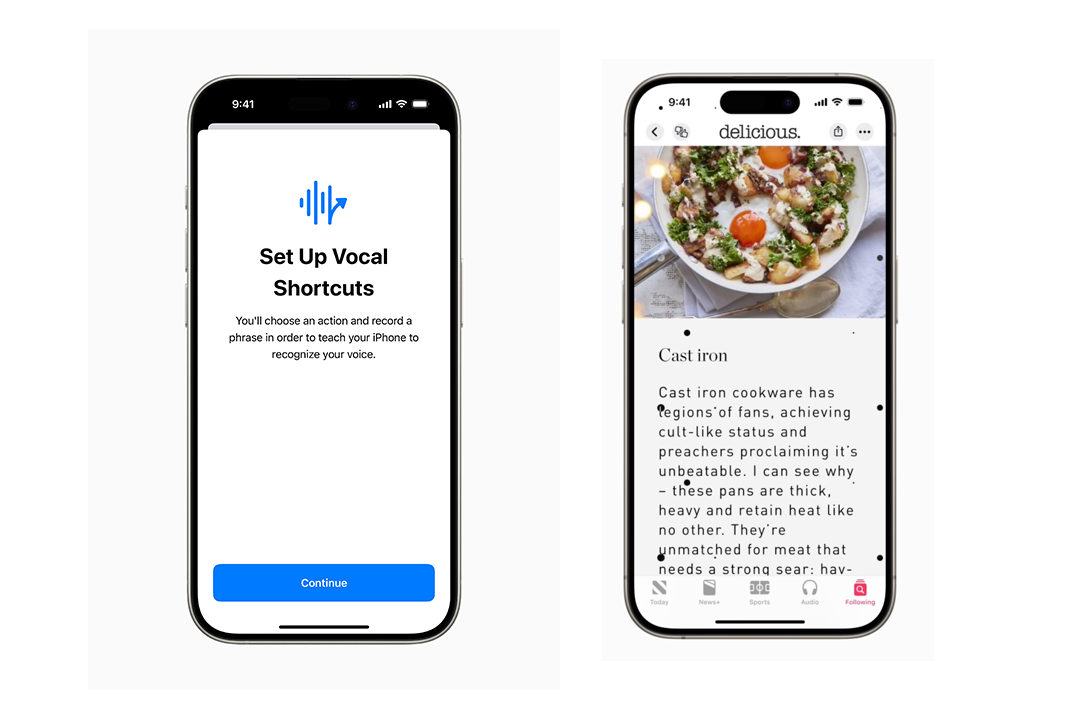New iOS 18 feature stops passengers getting car sick when using their phone
Other newly-announced accessibility features include eye tracking and music haptics

Apple has just unveiled a slate of new iOS features coming to the iPhone, and one of them includes an experience that could stop passengers from getting car sick when using their phone.
The Vehicle Motion Cues feature, announced on Wednesday, is aimed at helping reduce motion sickness for passengers in moving vehicles. When turned on, animated dots on the edges of the screen swerve in time with the movement of the car, which Apple says will help to reduce sensory conflict.
The moving dots visually simulate the car’s motion without interfering with the content on the phone, and could help users read and play games more comfortably while sitting in the backseat. Previous research indicates that motion sickness happens when there’s a mismatch between what our body senses and what our eyes see.
The new feature forms part of a suite of updates announced ahead of Global Accessibility Awareness Day on 16 May, and will likely be rolled out as part of iOS 18 alongside the iPhone 16 later this year. It uses the sensors in your iPhone and iPad to detect when you’re in a moving vehicle, and can be turned on to show automatically, or turned on and off in control centre.
As well as the new motion sickness feature, Apple is bringing eye tracking to the iPhone and iPad. Letting users with physical disabilities control their device with just their eyes. The feature, which the tech giant says is powered by AI, uses the front-facing camera. It lets users navigate, interact with elements and swipe up and down the screen using their eyes.
Apple is also bringing onboard a new feature called Music Haptics, which uses the Taptic Engine on the iPhone to vibrate with taps to the beat of the music, giving deaf and hard of hearing users a new way to experience music on their phone. Tech startup Nothing does something similar with this on its Nothing Phone.
Other new accessibility features include vocal shortcuts, which lets users run complex shortcuts with simple utterances and a new setting that will let the iPhone better understand atypical speech patterns from users with conditions such as cerebral palsy and amyotrophic lateral sclerosis (ALS).
New CarPlay accessibility features will also support voice control, colour filters and sound recognition for deaf and hard of hearing drivers. There are also new accessibility features for the Apple Vision Pro and the company’s existing accessibility settings.
Apple is expected to announce all its upcoming iOS 18 features at its Worldwide Developers’ Conference (WWDC) on 10 June. Artificial intelligence is predicted to play a big part in the keynote.
Join our commenting forum
Join thought-provoking conversations, follow other Independent readers and see their replies
Comments
Bookmark popover
Removed from bookmarks